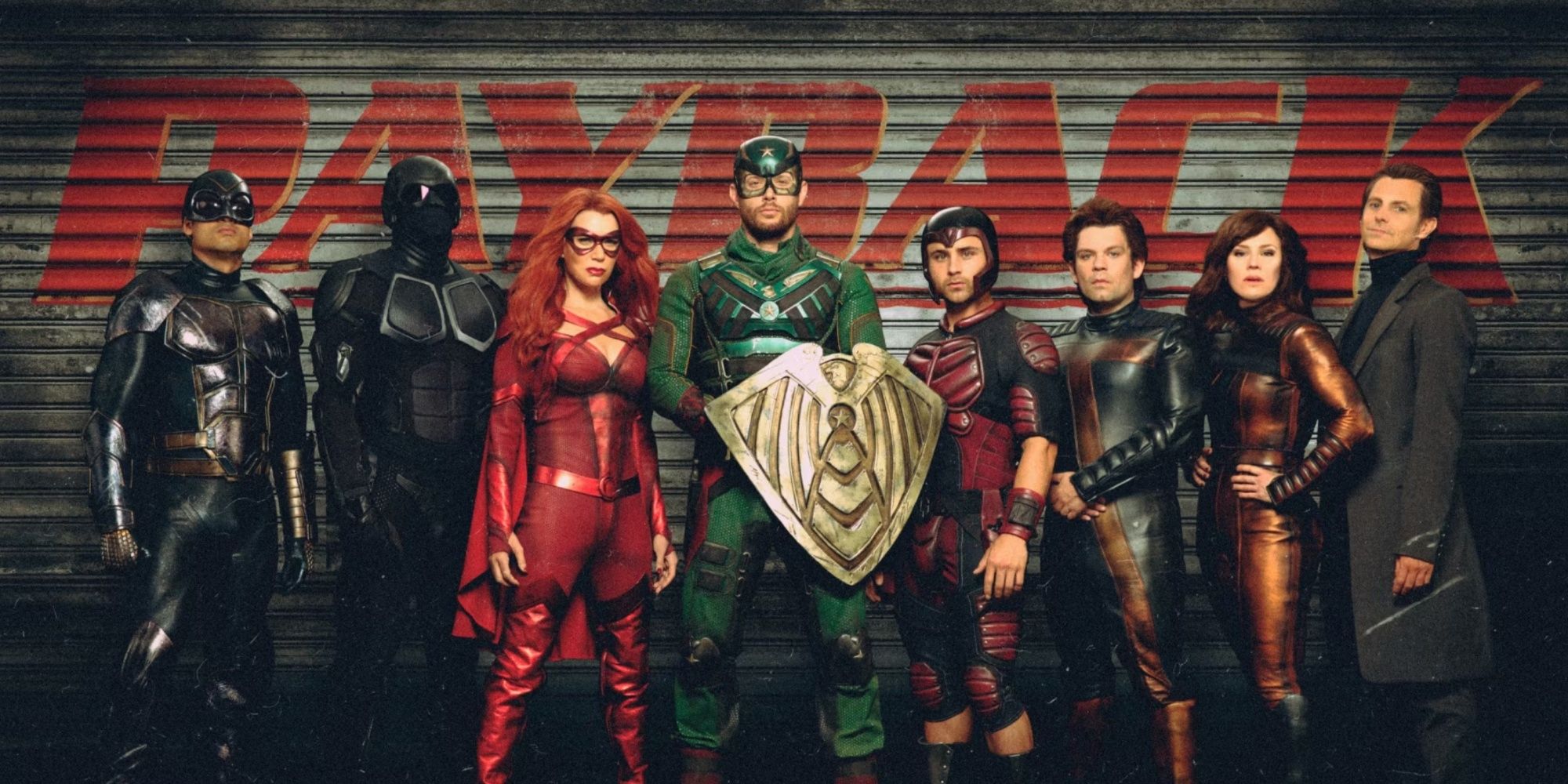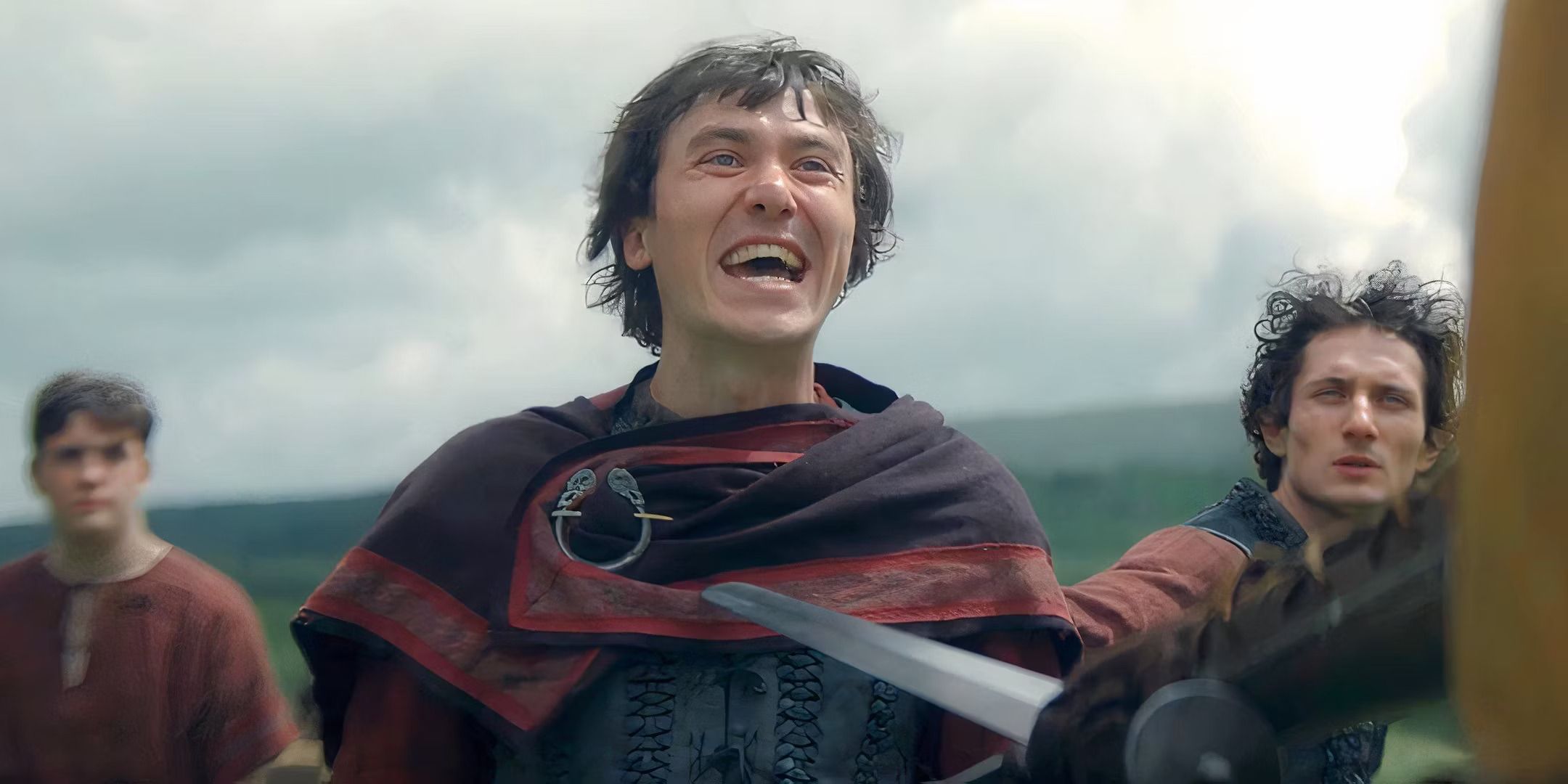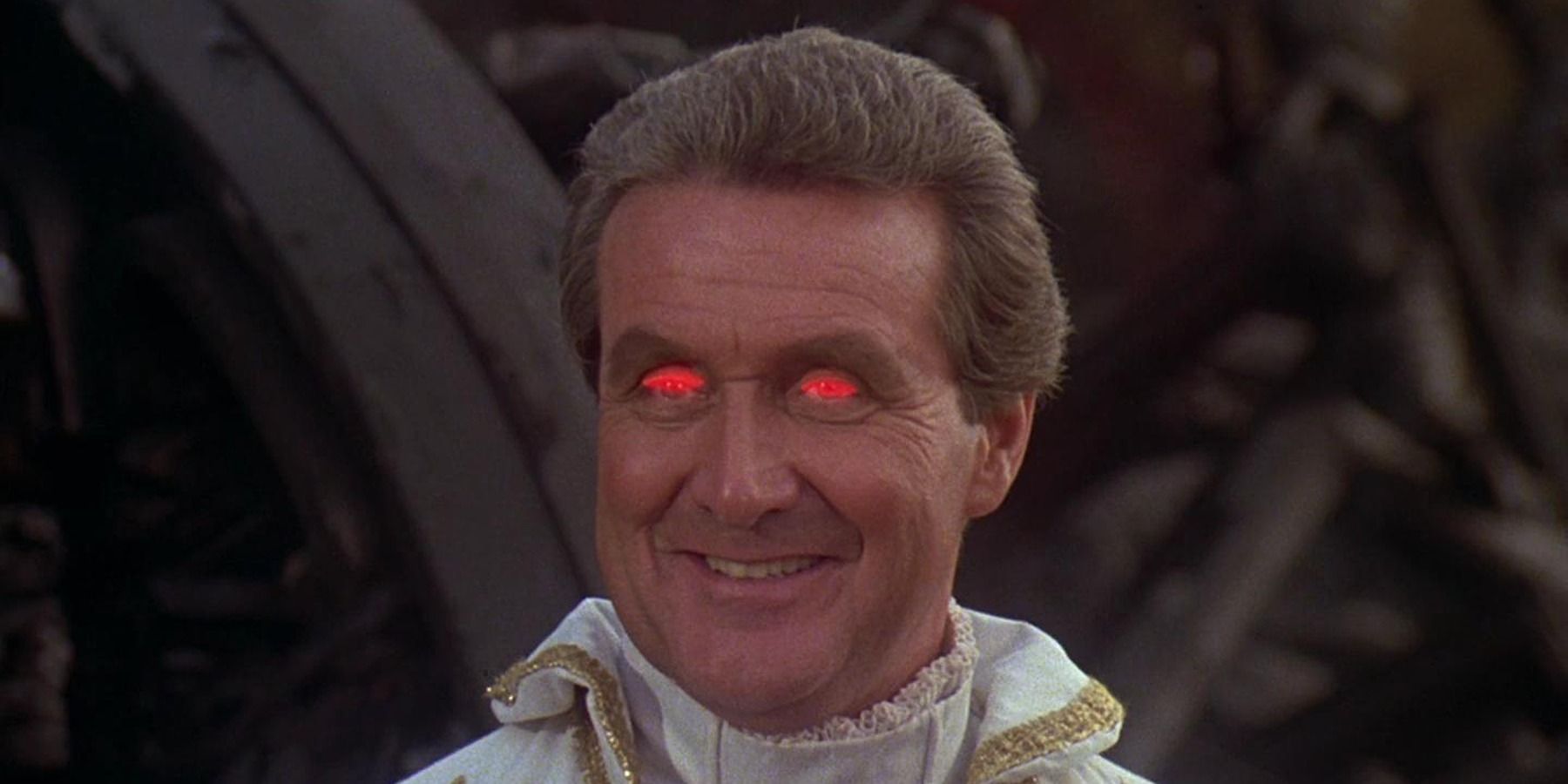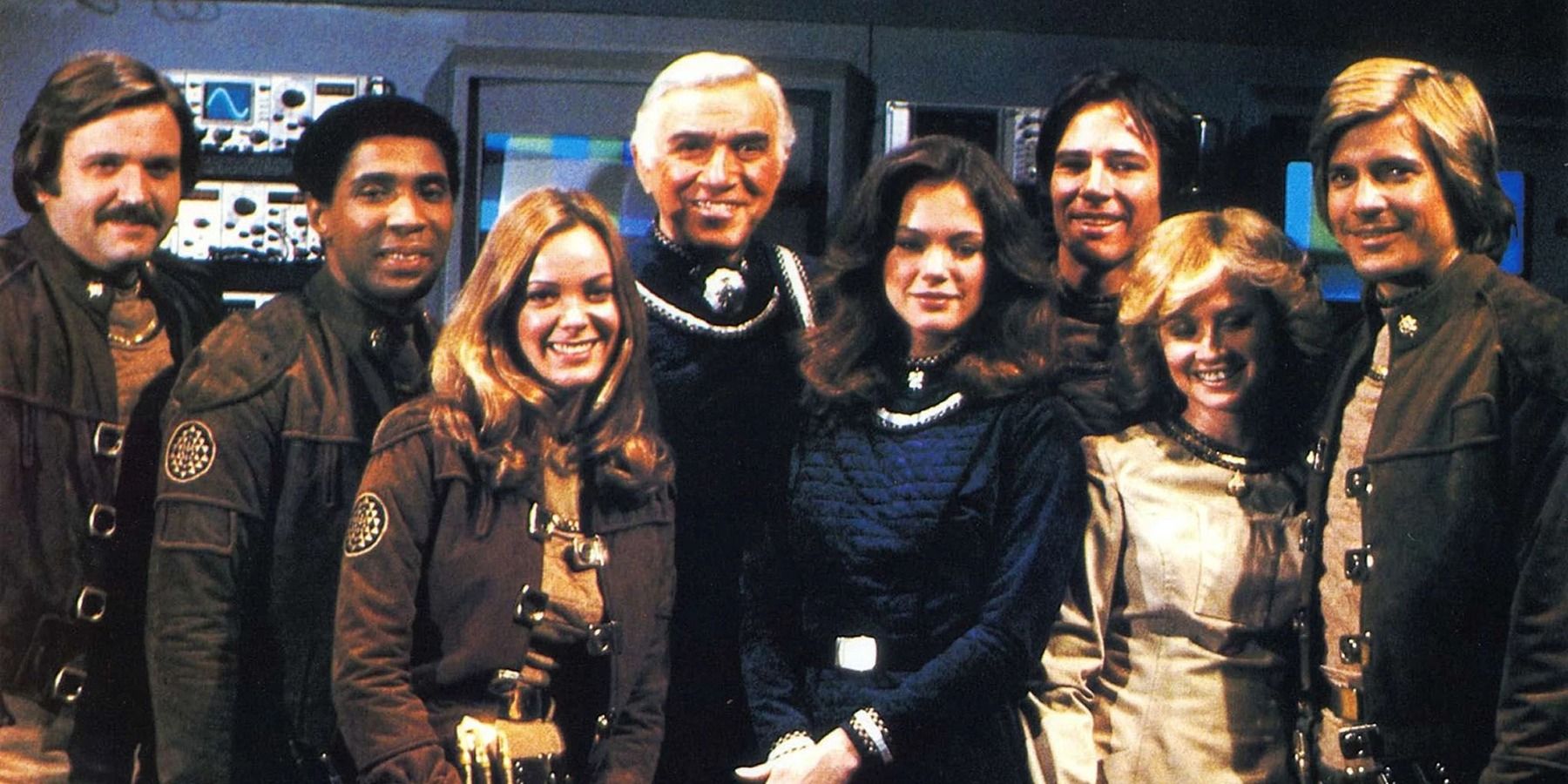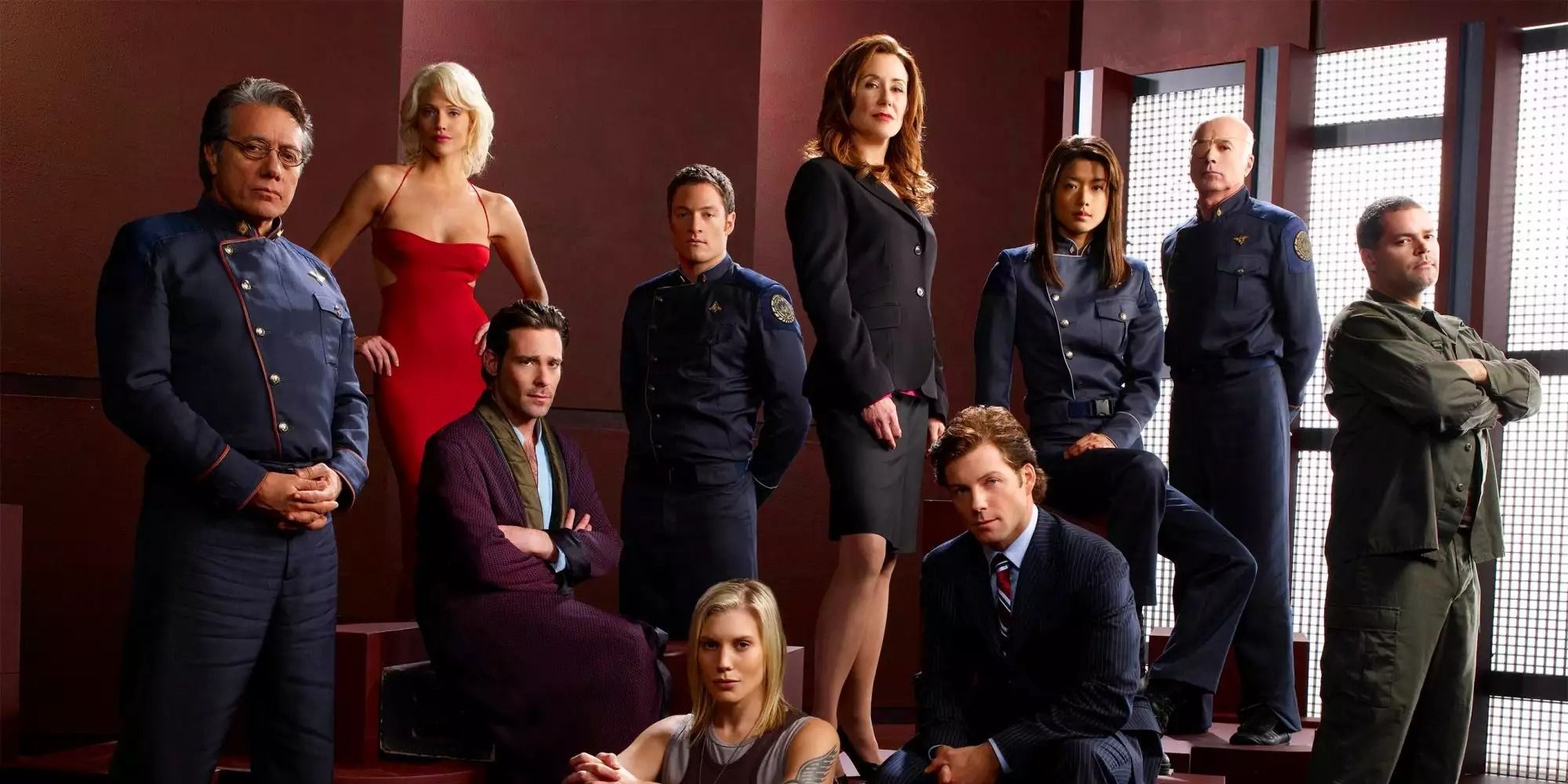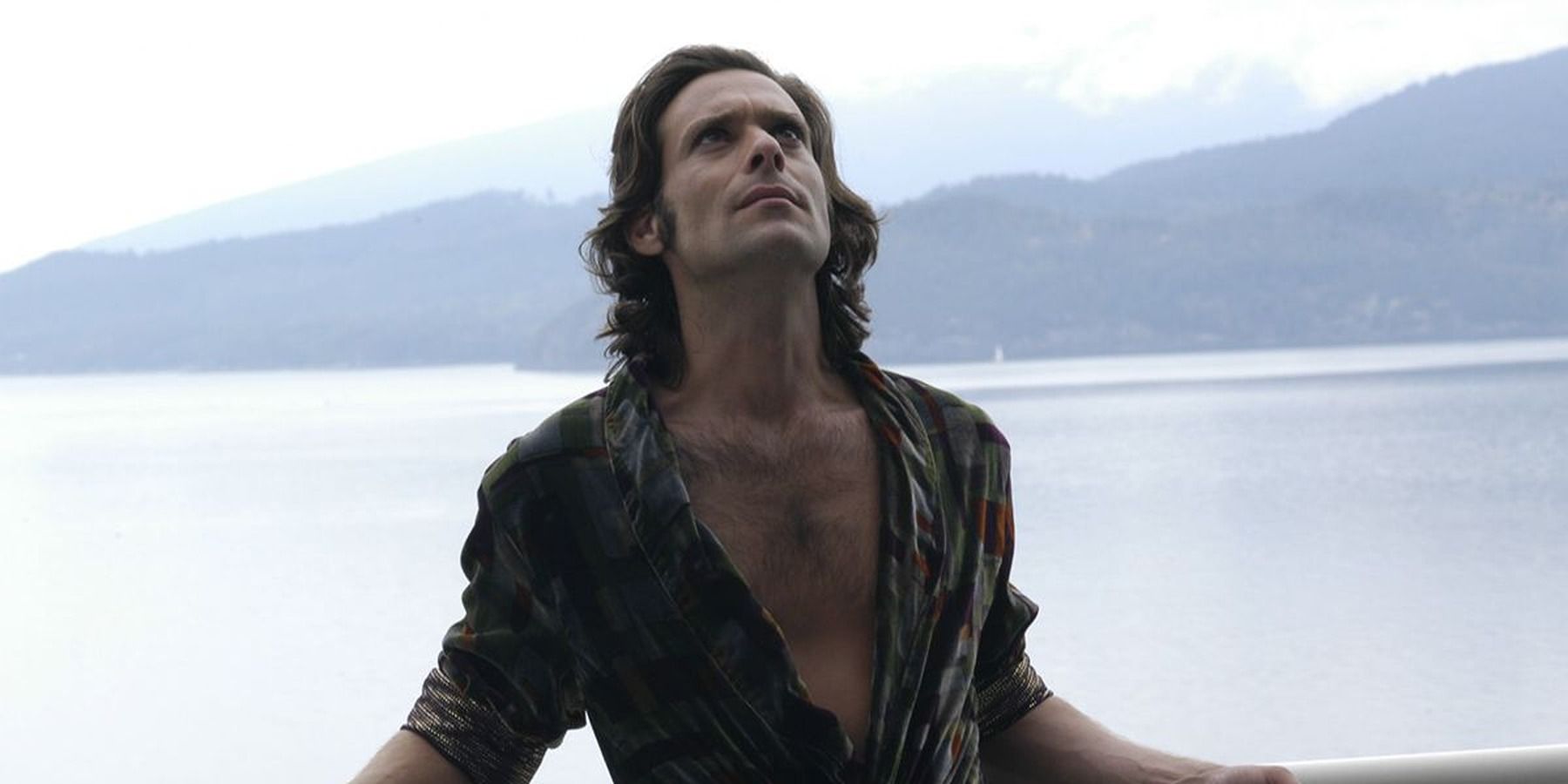Battlestar Galactica delves into a fascinating tapestry of faith and mysticism woven throughout the cosmos. Within this captivating universe, the Lords of Kobol represent the revered deities whose presence is honored by the diverse inhabitants of the Twelve Colonies. This cosmic saga, spanning both the Original Series and the Reimagined Series, draws viewers into a world where ancient beliefs intermingle with advanced technology, propelling humanity on a transformative journey through the stars.
In the world of Battlestar Galactica, the Lords of Kobol are not merely abstract concepts; they are the bedrock of spiritual devotion for the Colonials. Rooted in the rich lore of the show, these deities guide the destinies of mortals and machines alike, bridging the gap between the ethereal and the tangible. Both iterations of Battlestar Galactica shed light on the multifaceted nature of this divine pantheon, each imbuing it with unique characteristics and nuances.
The Original Series: Veiled Divinity
In the original series, an air of mystique veils the Lords of Kobol, and their essence merely hinted at through delicate allusions. Their presence materializes when characters invoke "God," intertwined with the Lords of Kobol, during pivotal junctures. This intimate celestial bond draws parallels to Bodhisattvas or ethereal entities, akin to angels. Episodes like "Lost Planet of the Gods" and "War of the Gods" cast a tantalizing glow upon the Lords' otherworldly aptitudes, notably through "Ship of Lights" and the mysterious persona of Count Iblis, often likened to a Seraph.
The original Battlestar Galactica also masterfully introduces an array of divine figures. Among them, the Ninth Lord of Kobol lies entombed within the Eden of Kobol. Deepening the intricate weave of the divine hierarchy, the concept of Seraphs emerges, angelic manifestations reminiscent of the Lords themselves. These layers of intricacy and wonder converge, hinting at the boundless scope of the Lords' existence and their interplay with mortal affairs.
The Reimagined Series: An Expansive Pantheon
In the reimagined series, the Lords of Kobol assume a more central role. Their connections to the characters and the unfolding narrative become increasingly evident. This iteration introduces a pantheon with parallels to ancient Earth's mythological figures, weaving a rich tapestry of belief systems and motivations.
Unlike the original series, the reimagined version of the Cylons adhere to a monotheistic faith, reminiscent of Abrahamic traditions. The tensions arising from this belief system are palpable as Cylon characters attempt to sway humans away from the pantheon of Lords, leading to a theological clash. This thematic exploration is epitomized through the character of Dr. Gaius Baltar, whose visions of the Cylon Number Six expose him to these religious conflicts.
The episodes "Occupation" and "A Measure of Salvation" depict the Cylons using the term "Heavenly Father" in their prayers, indicating a distinct religious foundation. Moreover, the enigmatic episode "Temple of Five" solidifies the connection between the Cylon god and the Lords of Kobol. As events unfold in "Rapture" and "Crossroads," a deeper intertwining of these divinities becomes apparent, suggesting a shared origin.
The reimagined series introduces ambiguity by suggesting that the Cylon God may be a fallen Lord of Kobol. Hints of an ancient war on Kobol, stemming from a desire for sole worship, lend credence to the notion that the Cylon God's origins may be rooted in this divine struggle. Episodes like "Exodus" further blur the lines between the Cylon and Colonial deities, implying a shared influence.
The reimagined series also introduces diverse cultural expressions of faith. The pluralized exclamation "Oh my Gods" becomes a recurring phrase among Colonial characters, while Cylon characters consistently reference "God" in the singular. Tauron theology in the spin-off series Caprica exemplifies a distinctive perspective, highlighting a four-headed statue representing different aspects of life, including strength and love.
Deities of Note
Throughout the reimagined series, a diverse pantheon of Lords is introduced, each embodying distinct aspects of life and mythology. Notable among them are:
- Athena, whose tomb on Kobol holds a star map to Earth and whose influence extends to the Athenian Academy in Caprica.
- Artemis, to whom Starbuck offers prayers.
- Hephaestus, referenced in the "Unvanquished" episode, highlighting a resistance movement.
- Hera, the child of Cylon-human hybrid lineage, bridging the divine and mortal realms.
The distinctive essence of Battlestar Galactica lies not only in its science fiction backdrop, but also in its combination of spiritual dimensions, a motif that threads through both the original and reimagined series. This coupling of futuristic exploration with matters of faith elevates the narrative to a realm of intellectual and emotional depth seldom witnessed in the genre.
In both iterations of the space opera, the exploration of faith becomes a canvas for characters' internal struggles, as they navigate the uncharted waters of a universe fraught with existential threats. The incorporation of religious motifs not only adds layers of intrigue and philosophical depth, but also challenges audiences to ponder the convergence of human aspirations, cosmic forces, and the unseen realms that may exist beyond our comprehension.
In this fusion of science fiction and spirituality, Battlestar Galactica pushes the boundaries of genre and narrative convention. By doing so, it establishes itself as a benchmark for how a thought-provoking exploration of human nature and the cosmos can be seamlessly melded into a transcendent storytelling experience.

